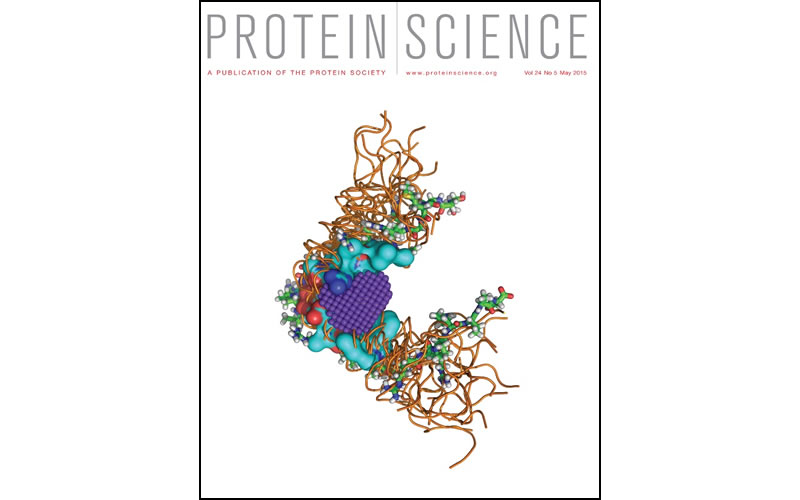Druggability of IDPs
时间:2020-12-30
Although intrinsically disordered proteins (IDPs) have been widely considered as potential drug targets, the studied IDP-related systems in drug design are limited. The important reason is that each disordered protein has a large number of possible conformations, and the properties of drug binding pockets are very different from those of ordered proteins.
To assess the potential of IDPs as drug design targets, we have analyzed the ligand-binding cavities of two datasets of IDPs (containing 37 and 16 entries, respectively) and compared their properties with those of conventional ordered (folded) proteins. We found that IDPs possess more binding cavity than ordered proteins at similar length. The geometries of the cavities of IDPs differ from the cavities of ordered proteins, for example, the cavities of IDPs have larger surface areas and volumes, and are more likely to be composed of a single segment. Most importantly, the average druggable probability is estimated to be 9% for IDPs, which is almost twice that for ordered proteins (5%), supporting the optimism for drug design for IDPs.
This work has been published in Protein Science as a cover article:
Yugang Zhang, Huaiqing Cao, and Zhirong Liu*, Binding cavities and druggability of intrinsically disordered proteins, Protein Sci. 24 (5), 688-705 (2015).
The first author of this paper is Yugang Zhang, an undergraduate student of Peking University (who later went to Cornell University to pursue a doctorate).

Link: http://onlinelibrary.wiley.com/doi/10.1002/pro.2641/abstract




